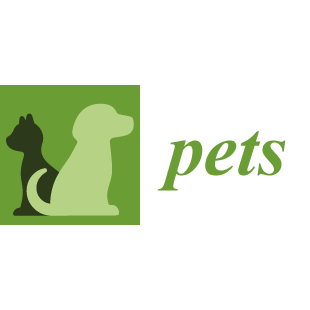
CHAI Research Featured on Psychology Today
Tuesday, December 2, 2025
The surprising link between pet attachment and mental health: How do attachments to pets affect mental health and well-being?
However, a careful long-term 2025 study of 600 older adults in Baltimore led by Erika Friedmann and Nancy Gee found that owners who were more strongly bonded to their pets experienced greater declines in well-being over time than less attached pet owners.
Herzog, H. (2025, December 2). The surprising link between pet attachment and mental health: How do attachments to pets affect mental health and well-being? Psychology Today. https://www.psychologytoday.com/us/blog/animals-and-us/202511/the-surprising-link-between-pet-attachment-and-mental-health



